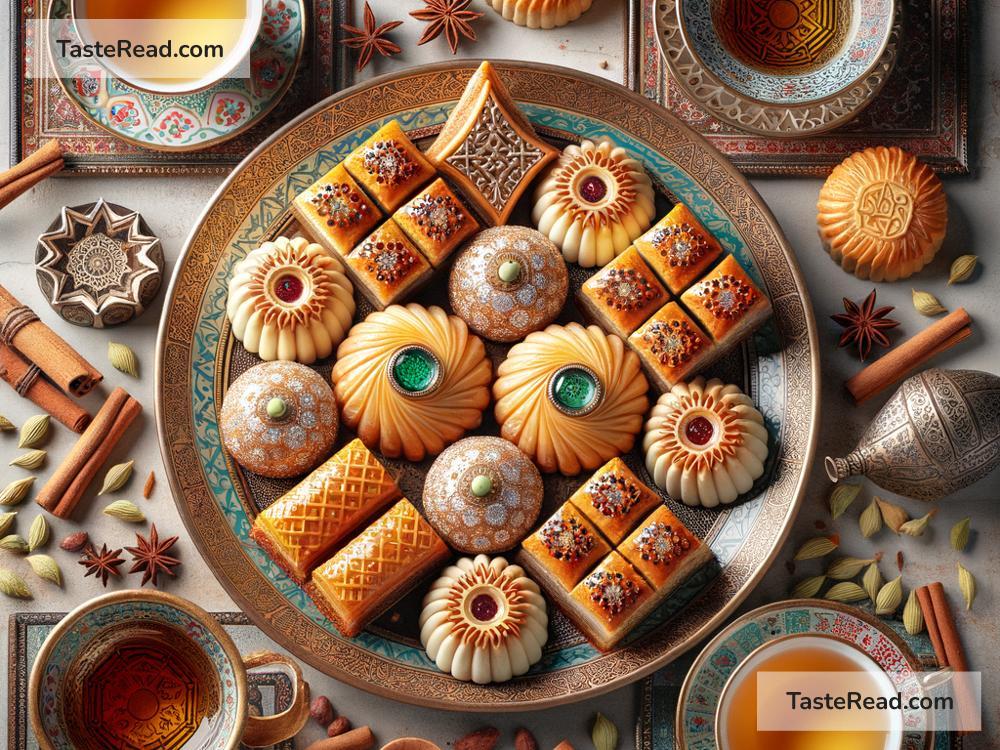Indulging in the Decadence of Silk Road-Inspired Pastries
Traveling the Silk Road was once the ultimate adventure. Stretching thousands of miles from the bustling markets of China to the vibrant bazaars of the Middle East and into Europe, the Silk Road was more than just a trade route. It was a cultural bridge that connected people, ideas, and, most importantly, food. Today, we celebrate the rich traditions of this historic path through an indulgence that excites the senses: Silk Road-inspired pastries.
A Sweet History
The Silk Road was famous for transporting silk, spices, and precious jewels. But along the way, something else traveled – culinary traditions. Traders, merchants, and explorers shared recipes and ingredients, creating pastries that blended flavors from different lands. This mixing of cultures gave rise to desserts that are as diverse as the people who roamed the Silk Road.
Imagine the sweetness of honey from the East, mixed with nuts harvested in the Middle East, wrapped in thin layers of dough rolled out by skilled bakers in Europe. Silk Road-inspired pastries are a beautiful fusion of flavors that carry the stories of travel, trade, and tradition.
Flavors of the Silk Road
These pastries are truly decadent because they borrow the best flavors from Silk Road regions. Think about pistachios, almonds, and walnuts paired with fragrant spices like cardamom, cinnamon, and saffron. Dried fruits, such as apricots and figs, add natural sweetness, while rose water and orange blossom infuse desserts with delicate floral notes.
For example:
-
Baklava: Popular in the Middle East, this sweet pastry layers thin sheets of phyllo dough with nuts and sugar syrup or honey. The result? A rich dessert that melts in your mouth with every bite.
-
Samsa: Not to be confused with savory samosas, these pastries hail from Central Asia and are often stuffed with sweet fillings like dates or nuts.
-
Tangyuan: While not strictly a pastry, these Chinese glutinous rice balls filled with sweet sesame or red bean pastes offer a chewy texture and bursts of flavor that feel like a treat.
But the real magic of Silk Road-inspired pastries lies not just in their taste, but in their history. These desserts bring together traditions from varied cultures, creating something unique and unforgettable.
A Feast for the Eyes
Silk Road pastries don’t just taste heavenly; they look stunning, too. Bakers along the Silk Road paid close attention to detail, designing desserts that feel luxurious. For example, baklava is often topped with finely chopped pistachios or drizzled with golden honey to shimmer like a treasure. Meanwhile, Turkish lokum (commonly known as Turkish delight) is dusted with powdered sugar and cut into gem-like cubes that are as beautiful as they are tasty.
The presentation of these pastries often reflects the artistry and craftsmanship of the cultures that created them. Shapes, textures, and colors are carefully chosen to delight the senses before even taking the first bite.
Bringing Silk Road Pastries to Modern Life
You don’t need to be a globetrotter to enjoy the decadence of Silk Road-inspired pastries. Today, many bakeries and patisseries around the world have embraced these recipes, adapting them for modern tastes. You’ll find baklava in big cities everywhere, alongside Persian saffron cakes, Turkish delights, and Chinese sweet buns.
Want to recreate the experience at home? Don’t worry! Many of these pastries are surprisingly easy to make with a little practice. Phyllo dough, for instance, is widely available in grocery stores, and you can layer it with honey and nuts to whip up homemade baklava. Pair that with saffron tea or freshly brewed coffee for a transportive experience.
Why Silk Road-Inspired Pastries Matter
These desserts are more than just delicious treats; they carry the legacy of collaboration across cultures. When you bite into a piece of flaky baklava or savor the chewiness of a rice cake, you’re taking part in a history that spans continents.
In today’s busy world, Silk Road pastries remind us of the value of slowing down. Sipping tea, enjoying a sweet bite, and appreciating the craftsmanship behind these creations feels like a celebration of life itself. It’s a simple, tasty way to connect with the past while enjoying the present.
Conclusion
Silk Road-inspired pastries are more than just food. They’re history on a plate, a fusion of flavors created by many cultures coming together. With every bite, you can taste the rich legacy of the Silk Road – the spices of the Middle East, the fruits of Central Asia, and the artistry of Europe, all woven together into something magical and indulgent.
Whether you’re exploring them at a local bakery or trying your hand at homemade recipes, these pastries are a reminder that sweetness knows no borders. So why wait? Treat yourself to the decadence of Silk Road-inspired pastries today and savor the delicious journey across time and culture.


